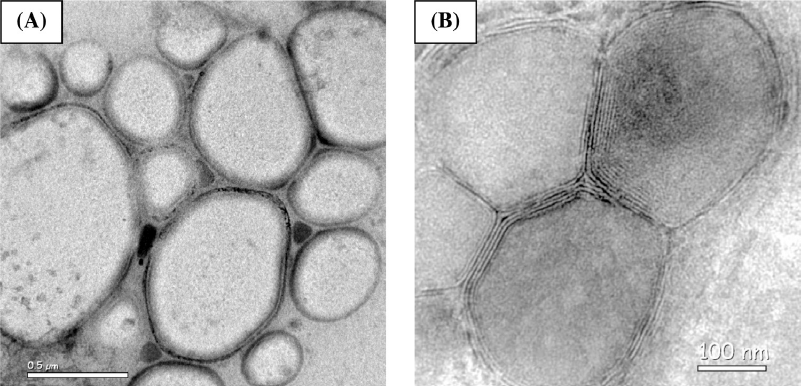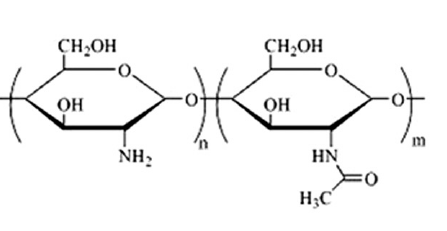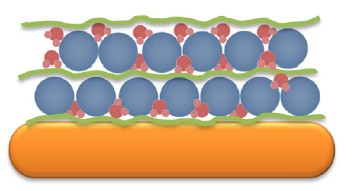Oxygen diffusion into human skin

Different pathways for injecting and transporting oxygen to tissue and organs was investigated during this project. Our clients asked us first to evaluate a series of ‘oxygen inducing’ devices that were then available in the market and secondly work on a novel pathway, device or mechanism that could transfer oxygen to different parts in human body. The commercial products available mainly transferred oxygen through an interface on the skin that resembled an active patch. The patch would allow for transfer of oxygen into the skin whereas at the same time contaminants would be free to travel away from the skin layers towards the patch. That concept was based on a permeable membrane to specific compounds and the driving force of concentration differences between the skin layers and the patch itself.
During our work we identified advantages and shortcomings of this approach as well as novel designs and materials for the membranes and the patches themselves. Biocompatible porous layers of two specific monomers were studied regarding their oxygen and contaminants permeability. Predictions were based on available research published in scientific journals as well as on our primary research based on computational chemistry methods and computational fluid dynamics [CFD] simulations. The key issues in these investigations could be summarized as:
- Diffusion kinetics of both classes of compounds
- Permeability as a function of pore sizes, pore size distribution and presence of moisture or other compounds
- Biocompatibility of all layers in contact with the outer skin layer
- Real driving force, meaning the actual driving force as affected by resistances during the path of transfer
- Environmental effects [pH, temperature, concentration of atmosphere around the patch] on the design and operation of the patch
- Design parameters of the membrane that included Pore Size Distribution, composition, defects, method of manufacturing, thickness, number of layers, contact distance between the layers, interactions with the compounds of interest

Basic steps of our work included:
- Setting the 3D models for all compounds of interest
- Setting up the 3D model for the polymeric membrane
- Conducting small scale Molecular Dynamics to monitor the process at atomistic scale and identify pitfalls
- Conducting large scale Molecular Dynamics to calculate real diffusion coefficients and permeabilities
- Conducting CFD simulations to identify potential relationships between the membrane model/ design and the overall velocity, temperature and composition profiles as a function of time

Computational details are omitted from this post; however, we can state that both commercial and free CFD software were used, and surprisingly they offered the same results and predicted profiles. Molecular Dynamics simulations were conducted on HyperChem [small scale] and LAMMPS [large scale] packages. Our work proved that more efficient membranes were based on a combination of micro and mesoporous [up to 70A] and a thickness of just 10-15 parallel layers. More details can not be shared within this post. Due to our very promising findings the rest of oxygen delivery approaches were transferred to another independent project of ours.
